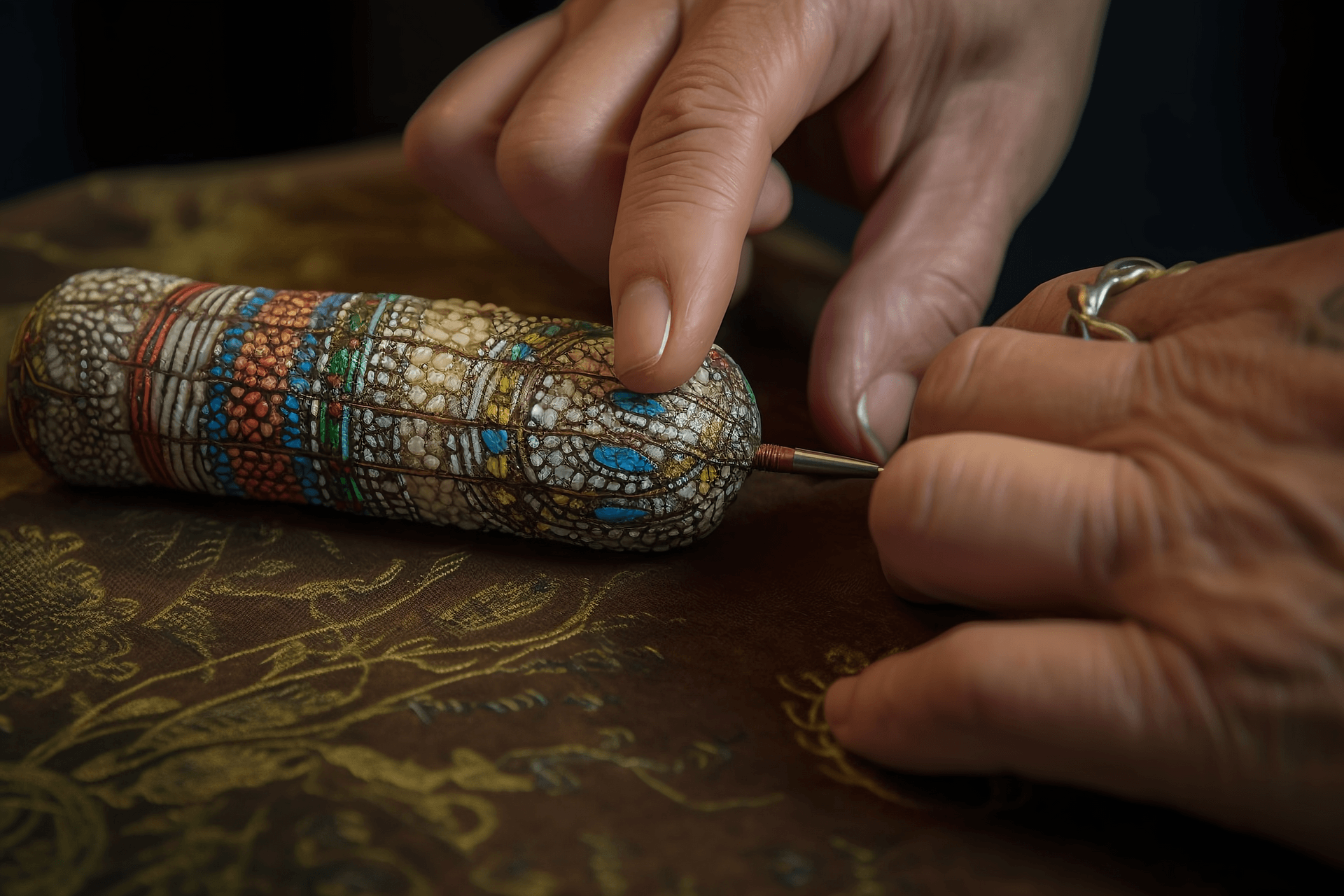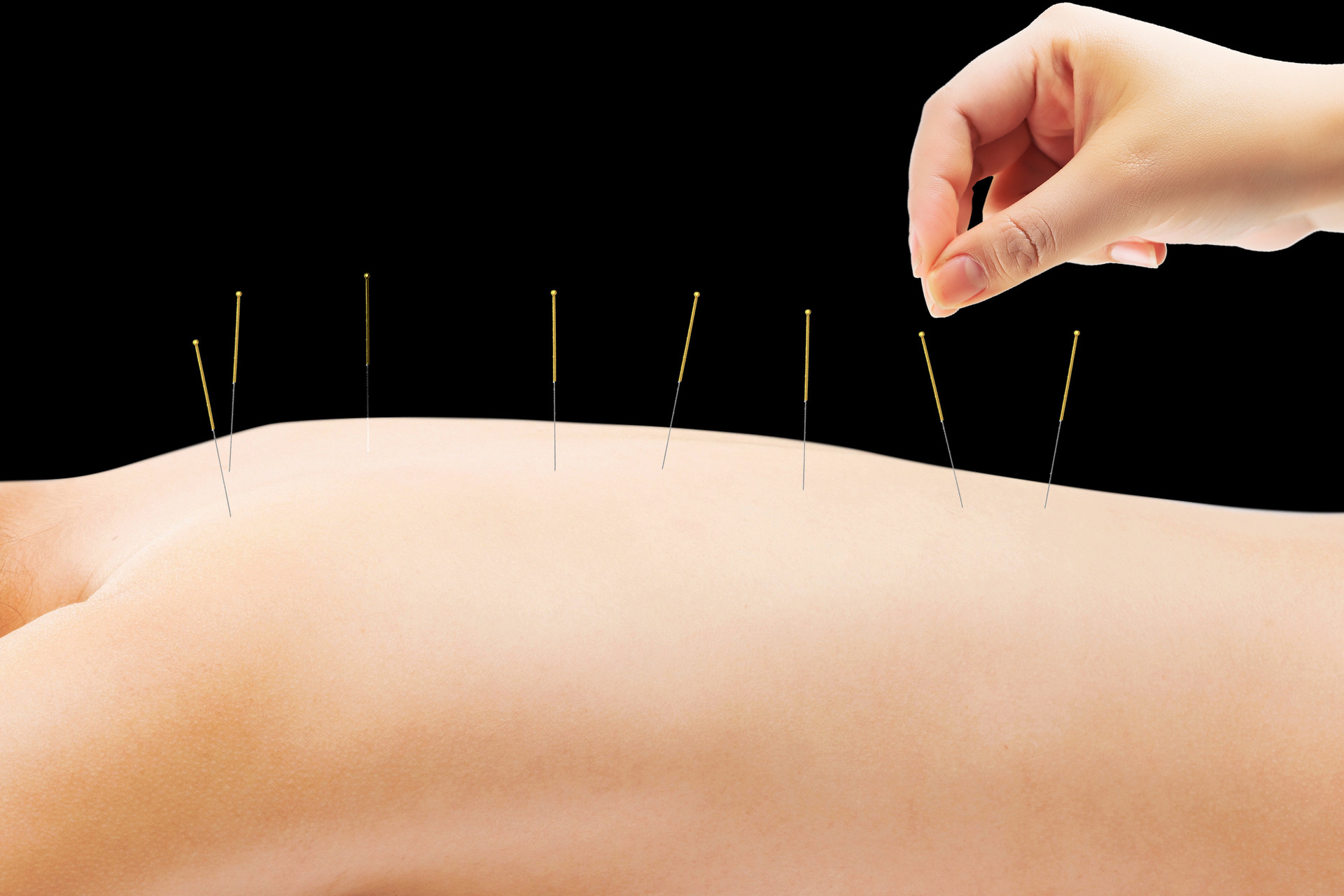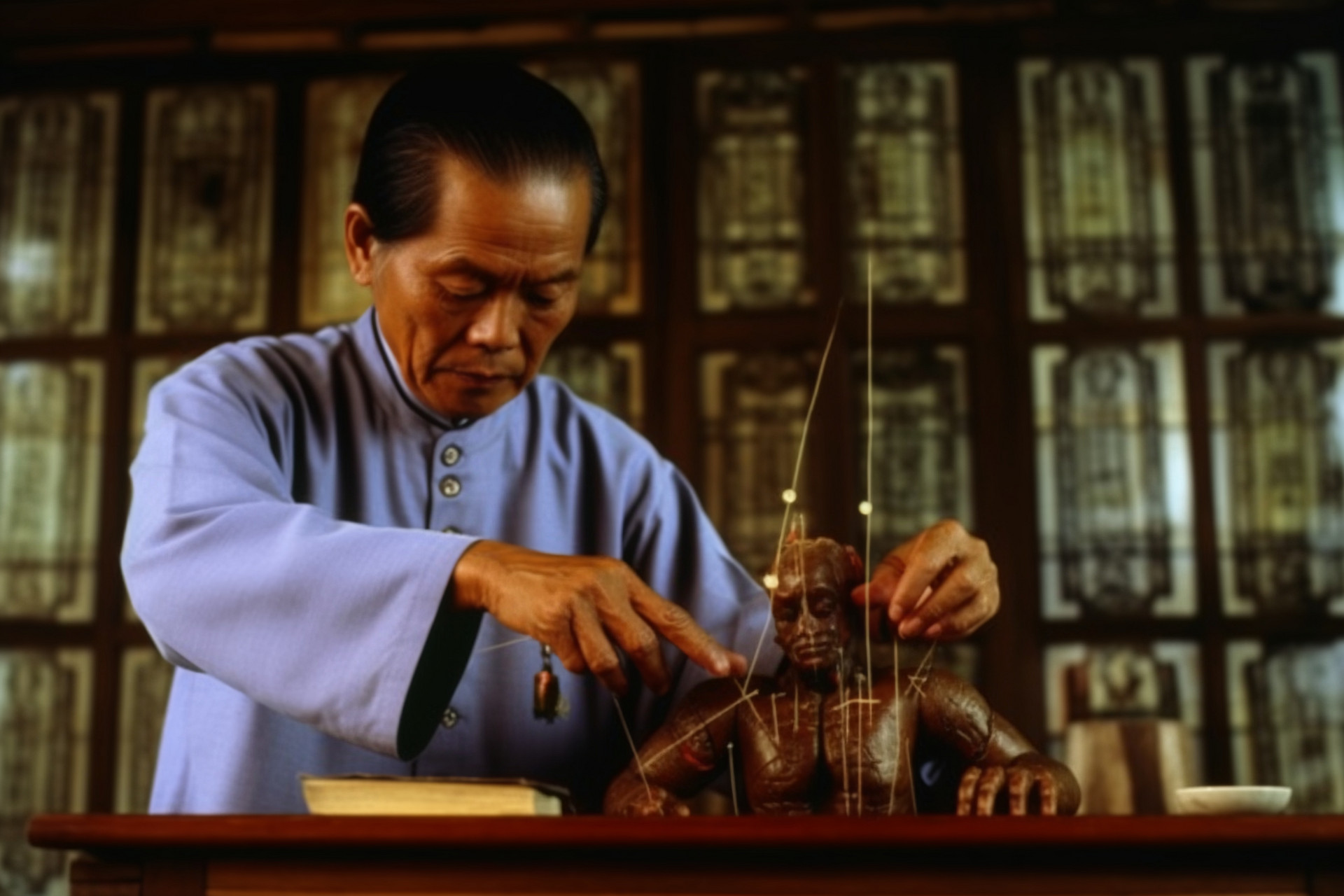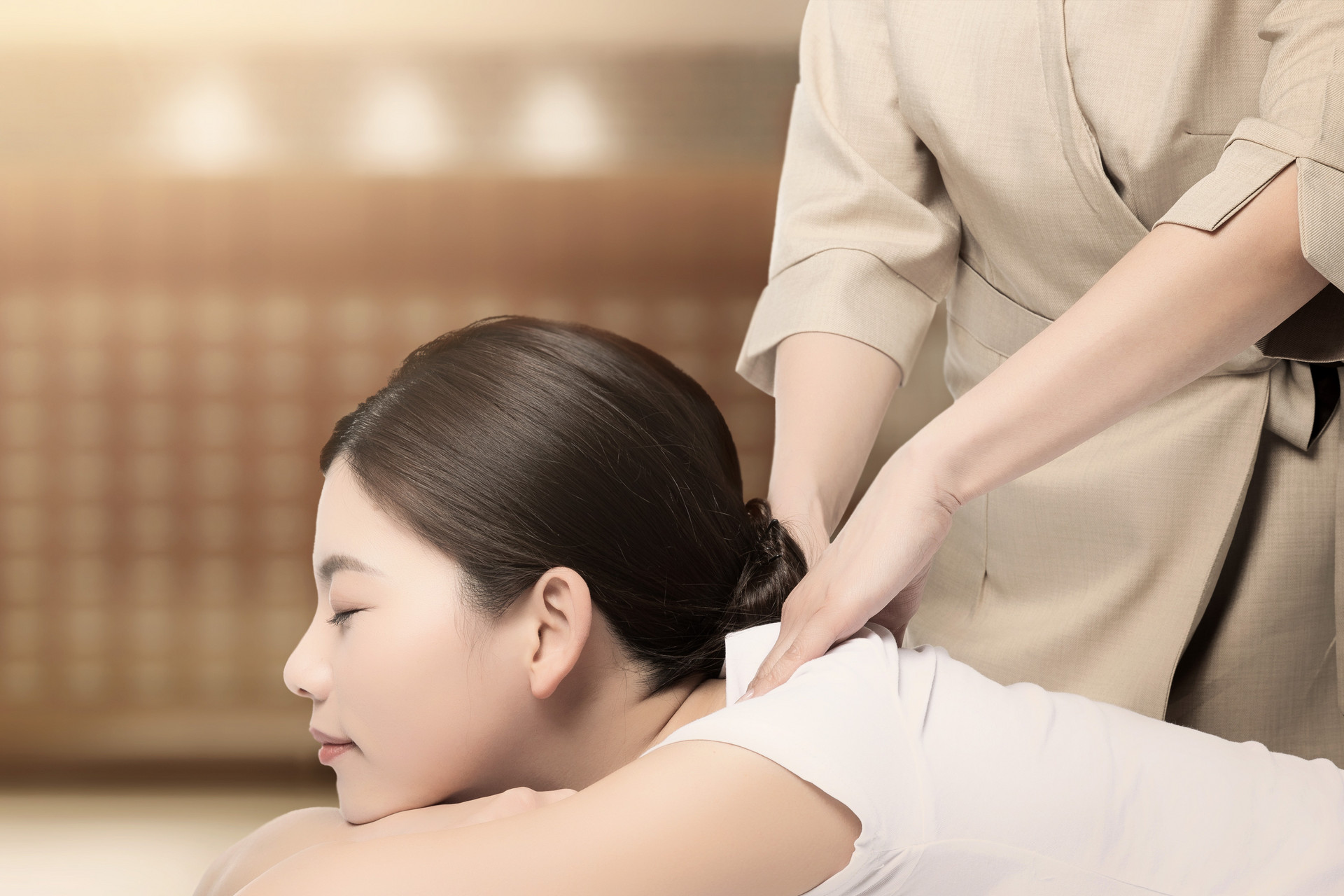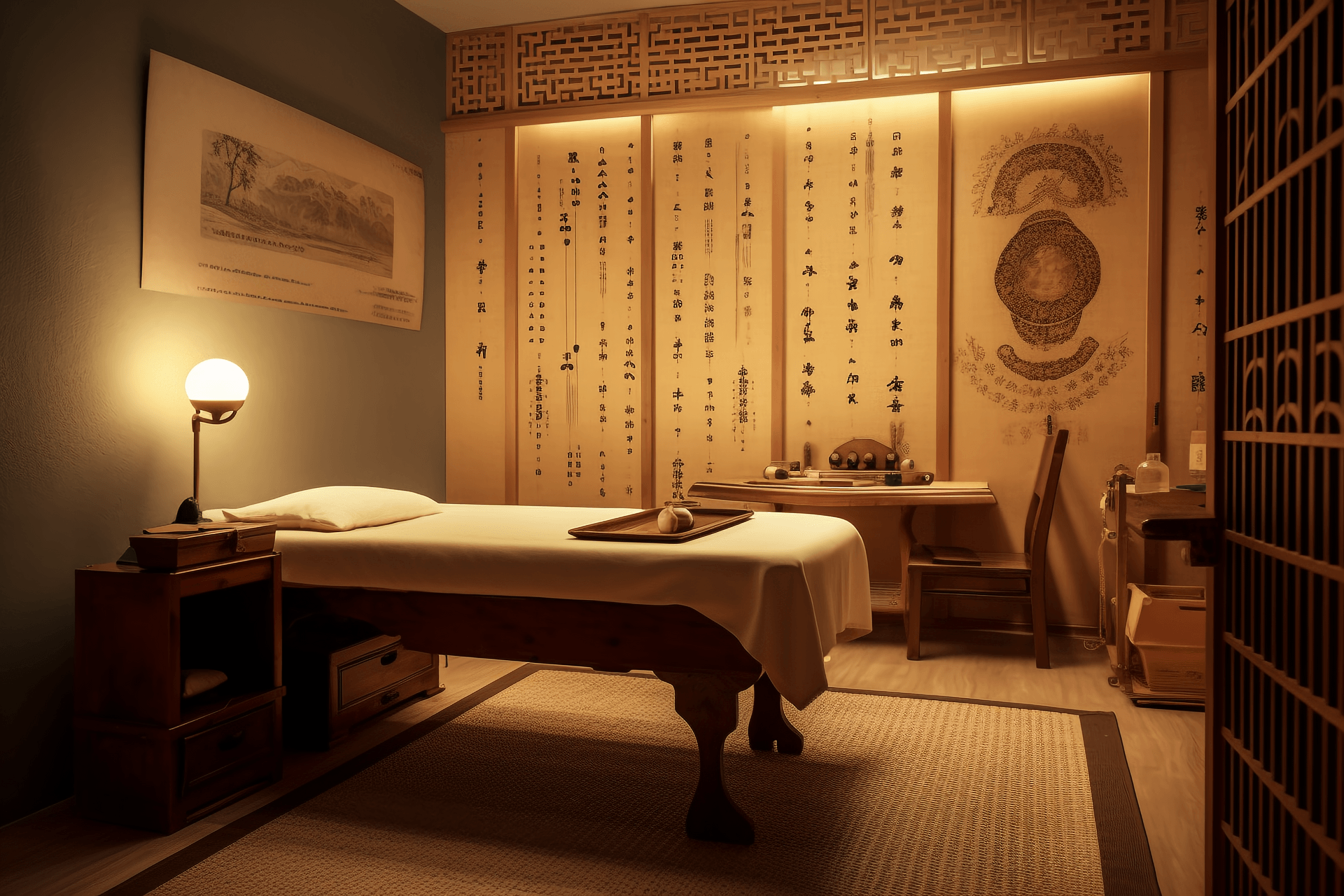Ear acupuncture is a method of stimulating acupoints on the auricle (outer ear) using needles or moxibustion to treat various diseases. Ear acupuncture originated from traditional Chinese medicine, but it also incorporates modern anatomy and physiology. It is closely linked to the theories of the organs and meridians in traditional Chinese medicine, as well as the anatomy and physiology in modern medicine. The mechanisms of ear acupuncture are explained from the perspective of organs and meridians in traditional Chinese medicine, while modern medicine explores it from the perspective of neurohumoral theory. Both theories are still in the early stages and need further development to form a complete system. The concept of "ear meridians" can be traced back to the book "Yin-Yang Eleven Meridians and Moxibustion Classic," and the ancient Chinese medical text "Huangdi Neijing" discusses in detail the relationship between the ear, meridians, collateral vessels, tendons, and the circulation of qi and blood in the organs. In the book, it states, "The twelve meridians and three hundred sixty-five collaterals all ascend to the eyes and run through the orifices... Some of them branch out to the ears for hearing..." Later generations of doctors have also explored the mechanisms of treating diseases through the ear. For example, "Taiping Shenghui Fang" states, "The ear is where the collaterals gather. When the essence and qi are harmonized, the kidneys are strong and the ears can hear the five sounds. If the qi and blood are injured... then deafness may occur. All the twelve meridians and organs have collaterals connected to the ear." In 1957, Dr. P. Nogier, a French medical doctor, published the first ear acupuncture chart that resembled an inverted embryo, providing a more comprehensive theoretical basis for the treatment of diseases through ear acupuncture.
There are numerous references to the close relationship between the ear and meridians in the chapters of "Meridians," "Collateral Vessels," and "Tendons" in the book "Ling Shu" from ancient Chinese medical texts. Some passages describe the direct entry of meridians into the ear, such as "The small intestine meridian of the hand Taiyang... its branch... enters the ear." "The triple energizer meridian of the hand Shaoyang... its branch... enters the ear from behind and goes out through the upper corner of the ear." There are also references to meridians distributed around the ear, such as "The stomach meridian of the foot Yangming... goes up in front of the ear." "The bladder meridian of the foot Taiyang... its branch... goes from the crown to the upper corner of the ear." The entry of meridians into the ear is mentioned in the chapter on meridian divergences, such as "The divergence of the hand Yangming meridian... its divergence enters the ear and merges with the ancestral meridian." The distribution behind the ear is mentioned in passages like "The straight branch of the hand Laogong meridian... comes out behind the ear." The entry of tendons into the ear is mentioned in passages like "The tendon of the hand Taiyang meridian... its branch... enters the ear. The straight branch comes out through the upper part of the ear," "The tendon of the foot Shaoyang meridian... its branch... goes from the cheek to the front of the ear," "The tendon of the hand Shaoyang meridian... its branch... goes along the front of the ear." In addition, the meridians of the hand and foot Shaoyin, Taiyang, and Yangming all converge in the ear. It can be seen that the meridians running in front of the ear are most closely related to the three yang meridians of the hand and foot, while the six yin meridians do not directly enter the ear but are connected to it through meridian divergences and collaterals. The ear is not only closely related to the meridians but also closely connected to the organs. For example, "The Liver Disease" passage in the book "Su Wen" states, "In case of liver disease... weakness... the ears hear nothing... when the qi is reversed, there is headache and deafness." The book "Su Wen" also states, "The spleen... if it is insufficient, it causes blockage in the nine orifices." The book "Nanjing" says, "The lungs govern the voice, allowing people to hear sounds." The "Ling Shu" says, "The kidney qi connects to the ear. When the kidneys are harmonized, the ears can hear the five sounds." The book "Su Wen" states, "Headache, tinnitus, blockage in the nine orifices, and discomfort in the intestines and stomach are all caused by imbalances in the qi and blood."
From this, it can be understood that the ear is closely related to the organs and meridians throughout the body. When there is a pathological change in the organs, there will be corresponding reactions in the corresponding areas of the auricle through the reflection and conduction of the meridians, and treatment can be based on these reactions.
【Operational Methods】
1. Surface Anatomy of the Auricle
Front of the Auricle
Helix: The curved part of the auricle, the slightly raised part at the posterior upper side is called the "helical tubercle," the horizontal protrusion inside the helix is called the "helical crus," and the junction between the helix and the earlobe is called the "helical tail."
Antihelix: The raised part with a fork on the inner side of the helix, the upper fork is called the "superior crus of the antihelix," and the lower fork is called the "inferior crus of the antihelix."
Triangular fossa: The triangular depression between the superior and inferior crura of the antihelix.
Concha: The groove between the helix and the antihelix.
Tragus: The protrusion on the front of the auricle.
Pretragal notch: The depression between the upper edge of the tragus and the helical crus.
Antitragus: The raised part on the upper part of the earlobe, opposite the tragus.
Interttragal notch: The depression between the tragus and the antitragus.
Interttragal incisure: The depression between the antitragus and the helical crus.
Earlobe: The lower part of the auricle without cartilage.
Concha cavum: The hollow formed by the concha, the arc-shaped body of the antitragus, and the inferior crus of the antihelix. The part above the helical crus is called the "concha cymba," and the part below the helical crus is called the "concha cavum."
External auditory meatus opening: The hole inside the concha cavum, covered by the tragus.
Root of the ear: The auricle.
| 1 2 3 > >> >>|





